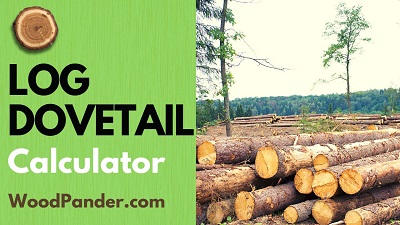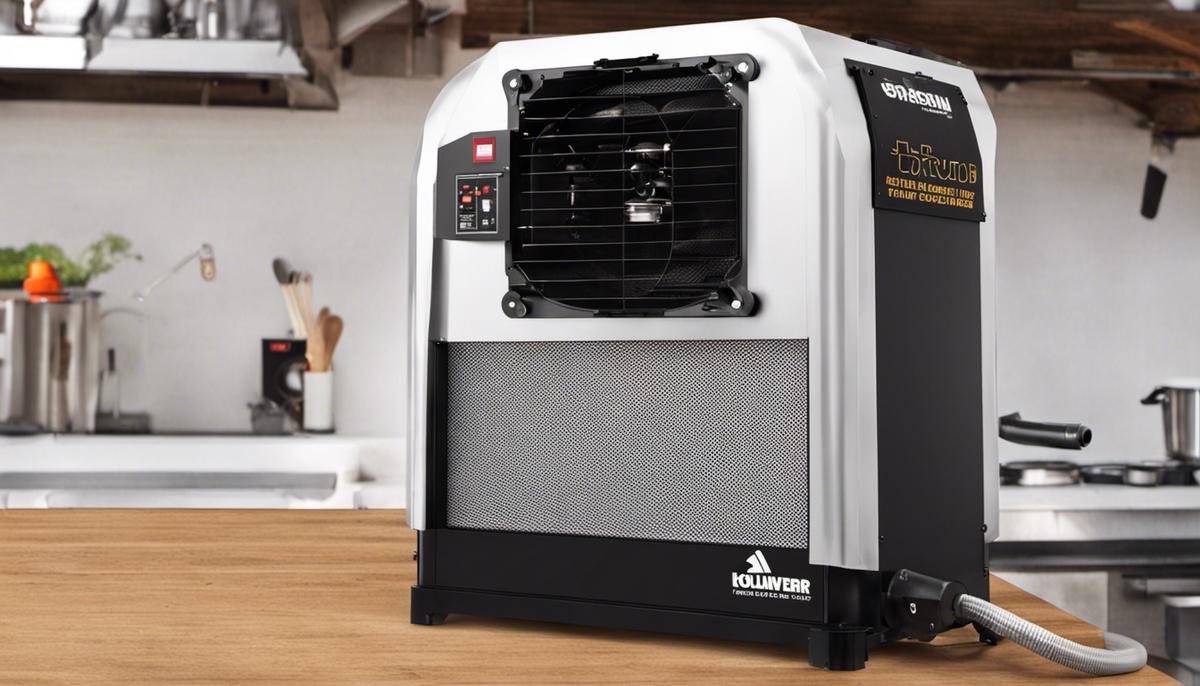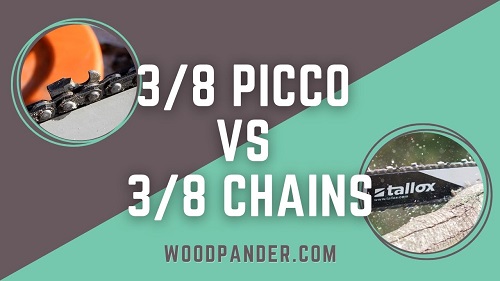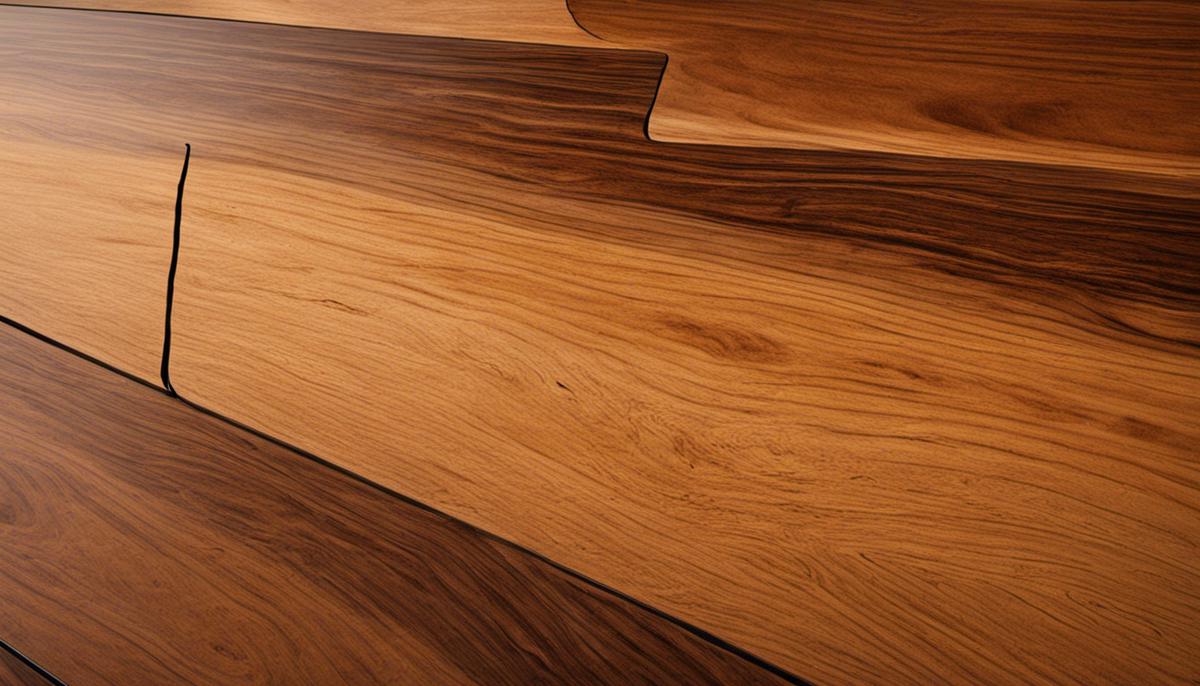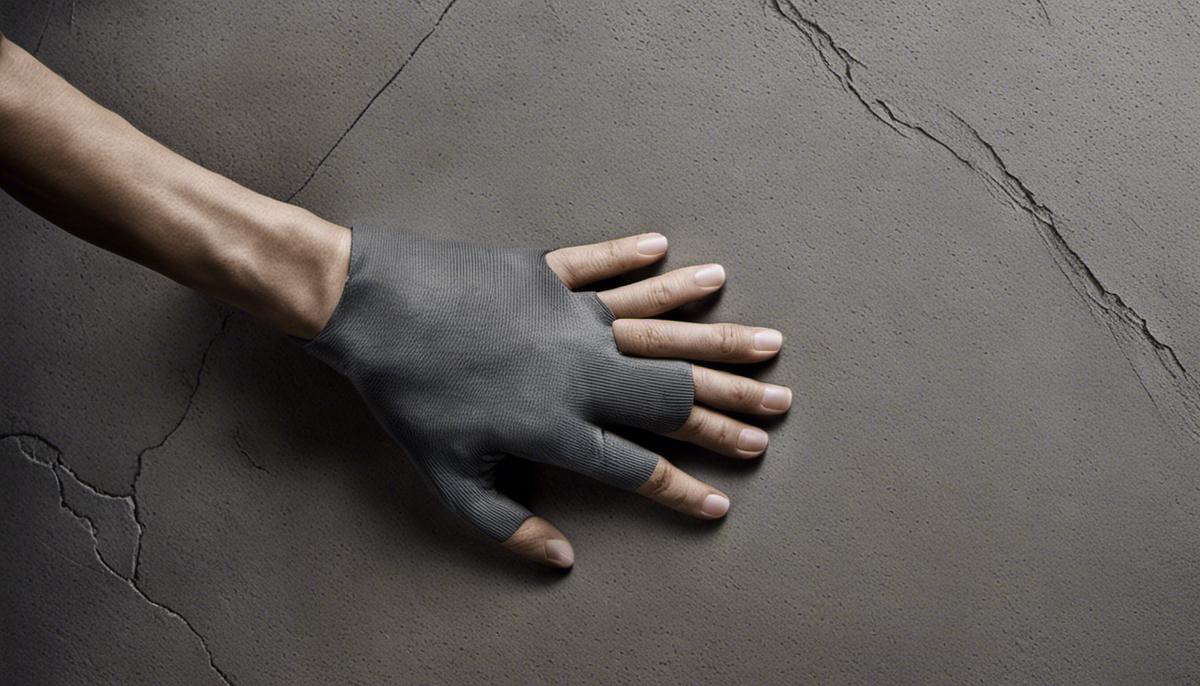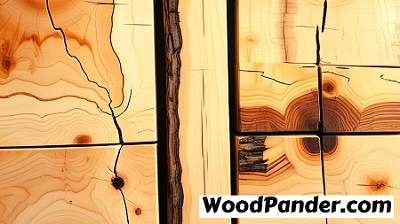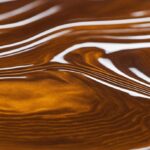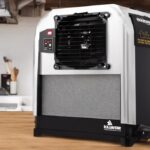The intersection of design and functionality can be found in the finer details of furniture, such as the distinct edge profiles of tabletops.
These profiles, ranging from the traditional to the modern, significantly contribute to the aesthetic appeal and practical use of any table. In this exploration, we delve into the specifics of various edge profiles, such as bullnose, ogee, waterfall, and square edge, examining each profile’s unique characteristics and the allure they add to a table.
Furthermore, we will discuss the considerations that must be taken into account when choosing a tabletop edge profile and guide you on how to match it with other furniture components.
A section of this exploration is also dedicated to maintaining the beauty and longevity of these edge profiles, providing insight into their care and maintenance, including specific tips on cleaning, polishing, and repairing damage.
Tabletop edge profiles refer to the design of the edge of a table. Common profiles include square, beveled, and bullnose edges. These profiles impact the table’s aesthetics and safety, with beveled edges being safer and more comfortable for users.
Types of Table Top Edge Profiles
| Edge Profile | Description | Advantages | Disadvantages |
|---|---|---|---|
| Square Edge | Sharp, clean, and simple right-angled edge. | Easy to clean and maintain. | May feel sharp to the touch. |
| Beveled Edge | Slanted edge with an angled surface. | Reduces sharpness, adding safety. | Collects dust and debris in the groove. |
| Round Edge | Smooth, rounded edge for a softer look. | Comfortable to lean on or rest arms. | Less modern or contemporary appearance. |
| Bullnose Edge | Fully rounded, semi-circular edge. | Aesthetically pleasing and safe. | Reduces the usable tabletop space. |
| Chamfered Edge | Angled edge with beveled cuts. | Modern and unique appearance. | May chip or damage more easily. |
| Ogee Edge | S-shaped edge with decorative details. | Elegant and sophisticated look. | Complex design may not suit all styles. |
One of our articles –Benefits of a Table Top Dust Collector.
Bullnose Edge Profile
Named for its similarity to a bull’s nose, the Bullnose edge profile offers a fully rounded, curved edge. It’s known for its smooth and soft appearance, making it a popular choice for both traditional and contemporary designs.
The curve not only adds an aesthetically pleasing touch but also enhances safety by eliminating sharp corners.
However, something to consider is that this type of edge does not provide an additional drip edge to protect cabinets or floors from spills.
Ogee Edge Profile
The Ogee edge profile, characterized by a convex curve transitioning into a concave curve, exudes elegance and sophistication.
This double-curved “S”-shaped edge is frequently employed in traditional and formal settings, but it can also lend character to modern designs. Its main drawback may be the added cost, as the intricate design demands more craftsmanship compared to simpler profiles
Waterfall Edge Profile
A waterfall edge profile showcases the material by essentially allowing it to ‘flow’ down the sides of the table in a continuous curve, hence the name.
This type of edge profile is minimalistic and modern, giving a sleek and streamlined look to the table. It’s a favorite in contemporary design due to its clean lines and seamless appearance.
However, its sharp, angular nature might not be the best fit in a setting with young children.
Square Edge Profile
The Square edge profile, true to its name, features a square or flat profile. It offers a clean and straightforward line that blends well with any design aesthetic, making it a versatile and widely-used choice.
The simplicity of this edge profile also contributes to its affordability. Despite its name, the edges are typically slightly eased or rounded off just enough to prevent them from being sharp
Bird’s Beak Edge Profile
Reminiscent of a bird’s beak, this profile is characterized by a convex curve at the top of the edging, which then tapers off into a straight line. It provides a finishing touch that adds a unique flair to the table.
Most suitable for traditional and rustic designs, the Bird’s Beak edge profile brings an element of warmth and charm.
Beveled Edge Profile
The beveled edge profile features an angled or slanted edge, providing a striking appearance to the table. This style is excellent for highlighting the thickness and durability of the tabletop, making it especially meaningful when showcasing high-quality wood or stone. It can complement various styles but typically leans towards a more modern aesthetic.
Each table top edge profile carries its own unique aesthetics, functionality, and level of user satisfaction. The choice you make ultimately depends on personal taste and should harmoniously align with the overarching design theme you aim to achieve in your space
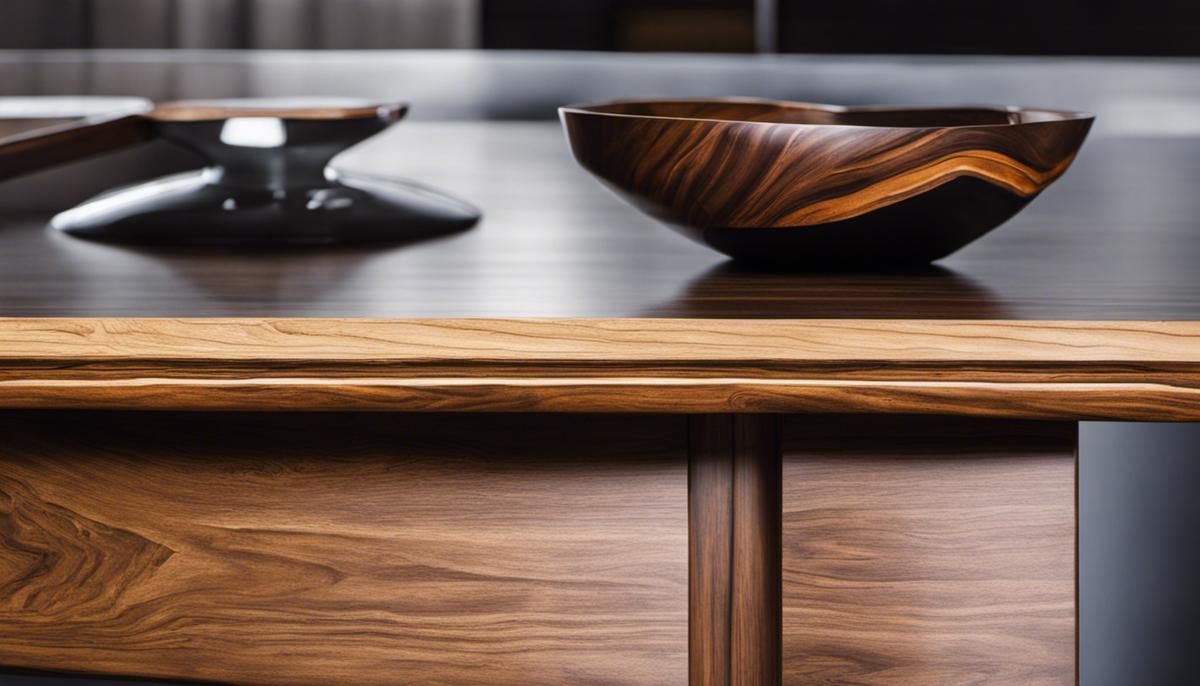
One of our articles –How to Sand a Table Top ?
Choosing the Right Table Top Edge Profile
Diving Deeper into Table Top Edge Profiles
The term ‘tabletop edge profile’ refers to the specific shape given to the edge of a table. This characteristic isn’t just a design variation but also carries functional and safety implications.
The variety encompasses a series of profiles such as straight, bullnose, bevel, ogee, and waterfall – each providing a distinct ambiance.
The choice of the edge profile can dramatically influence the overall look of your table, and if chosen carefully, it can greatly enhance the style of your room.
Choosing an Edge Profile Based on Room Theme
The theme of your room can significantly influence your choice of tabletop edge profile. A straight or square edge, for instance, is perfect for modern or minimalist-themed rooms where simplicity and straight lines dominate.
On the other hand, if your room exhibits a traditional or rustic theme, profiles like the bullnose or ogee, which feature curves and intricate designs, can be a more suitable choice. These edge profiles bring a sense of refinement and warm sophistication that complements traditional decor.
Personal Style and Table Top Edge Profiles
Personal style is a significant factor in choosing an edge profile. Perhaps you prefer a minimalist aesthetic: clean, simple, and uncluttered.
In this case, a straight or bevel edge profile would be ideal due to their simplicity and crisp lines.
Alternatively, if you are a fan of intricate designs and enjoy visual interest within your space, an ogee or waterfall edge offers complexity and detail that would appeal to you
Functionality and Safety Considerations
Beyond appearance, functionality and safety are critical aspects to consider when choosing a table top edge profile.
If your table will frequently be used by children or elderly individuals, a rounded edge such as a bullnose edge can minimize the risk of injury from sharp corners.
Additionally, an edge profile like the waterfall, which gradually slopes to the ground, could be a safer choice as it avoids sharp and abrupt edges.
Integration of Table Top Edge Profile with Room’s Furniture
Consideration of the coordination between your table top edge profile and the rest of your room’s furniture can significantly enhance your overall design scheme.
For example, matching an ogee or bullnose edge profile on your table with a sofa boasting curved arms can create an inviting harmony.
Conversely, should your room contain mostly sharp, clear cut lines, a straight-edged table might establish a more coherent aesthetic. Ultimately, striking a balance between finding a unique design and maintaining consistency is key to selecting the right table top edge profile.
One of our articles –Decorating Your Glass Table Top.
Care and Maintenance of Table Top Edge Profiles
Deciphering Table Top Edge Profiles
Table top edge profiles denote the distinct design or outline of a table’s edge. This can be influenced by various factors such as the table top’s material, the room’s style, and personal aesthetic preferences.
Popular types of table top edge profiles include options such as bullnose, bevel, ogee, square edge and eased edge. Bear in mind that each edge profile requires unique care and maintenance practices.
Care for Different Materials
Different materials used in tabletop edge profiles require distinct forms of care. For instance, wooden profiles generally require regular dusting with a microfiber cloth to prevent the buildup of dirt. They also need occasional polishing with a wood-friendly product to maintain their sheen.
Steel or metal edge profiles require a slightly different care routine. They should be wiped down with a damp cloth regularly to keep them clean. If the metal begins to show signs of oxidation, a metal polish can be used to restore the finish.
Plastic edge profiles, commonly found on laminate tabletops, can be cleaned with a mild household cleaner and a soft cloth. Avoid using abrasive cleaners or pads, as they could scratch and damage the surface.
Cleaning and Polishing
Regularly cleaning the edge profiles of your tabletop is essential for maintaining their quality and extending their lifespan.
Most materials can be cleaned using a soft cloth and a gentle cleaning solution. However, for tougher stains and grime, you might need a specialized cleaner specific to the material of your edge profile.
Polishing is another crucial aspect of maintenance, especially for wooden and metal profiles. Incorporating the appropriate polish for your material type into your routine care can enhance the overall appearance and longevity of your edge profile.
Repairing Common Damages
Damage to table top edge profiles can occur due to common wear and tear or accidental impacts. For wooden profiles, minor scratches can often be treated with a matching wood filler or crayon. Deep gouges may require professional refinishing.
On the other hand, metal edge profiles can suffer from dents or scratches. While minor scratches can often be polished out, denting may require professional assistance for repair. Plastic profiles generally need to be replaced if they become damaged, as they are difficult to repair
Remember the Importance of Regular Maintenance
The key to extending the life of your table top edge profiles is regular maintenance.
By immediately addressing any minor damage, you’ll prevent it from escalating into more significant issues.
Regular cleaning and occasional polishing not only keep your edge profiles looking great but also create an environment conducive to their long-term durability.
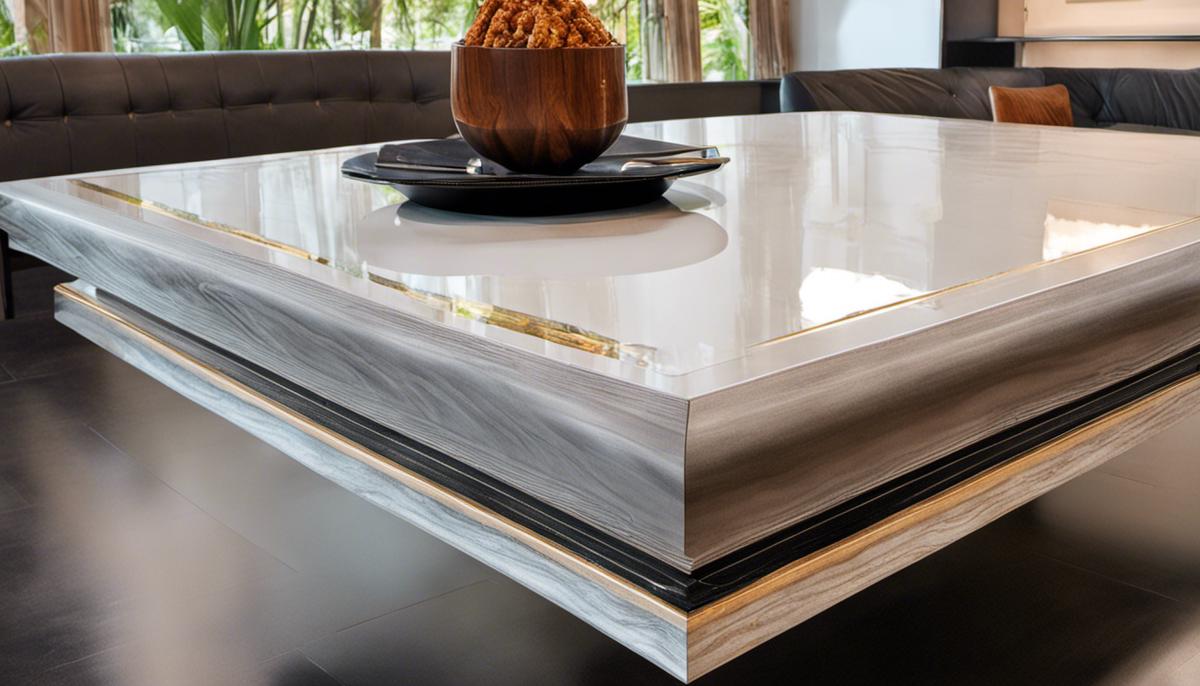
Paying attention to the edge profiles of your tables can make a remarkable difference in your living or working space.
From the selection process, which revolves around aesthetics and functionality, to the proper maintenance of the profiles, one realizes the potential to transform a space into a unique reflection of personal taste and style.
No matter if it’s the timelessness of the ogee, the simplicity of the square edge, or the fluidity of the waterfall profile, the right decision can imbue your table with added durability and charm.
The role of the edge profile extends beyond functionality, as it becomes a critical design element that harmonizes with the overall room theme, while simultaneously, through its care, echoes our daily lifestyle and habits.
Related Questions
What is a straight edge profile?
A straight edge profile is characterized by a linear and uninterrupted edge, giving the table top a clean and minimalistic look.
What is a beveled edge profile?
A beveled edge profile involves cutting and shaping the edge at an angle, creating a sloping or chamfered effect, adding a subtle design element to the table.
What is a bullnose edge profile?
A bullnose edge profile features a rounded or curved edge, resembling the shape of a bull's nose. It provides a smooth and gentle appearance.
What is a waterfall edge profile?
A waterfall edge profile has a gently cascading edge that creates a seamless and flowing appearance, often associated with modern and elegant designs.
What is an eased edge profile?
An eased edge profile has a slightly rounded or softened edge, offering a subtle and comfortable finish, suitable for various table styles.
What is an ogee edge profile?
An ogee edge profile is characterized by an S-shaped curve along the table top's edge, which adds a decorative and sophisticated touch to the table's design.
Can I customize the edge profile of my table?
Yes, many furniture manufacturers and craftsmen offer customization options for table top edge profiles, allowing you to choose the one that best suits your needs and design preferences.
Can I combine different edge profiles on the same table?
In some cases, you can combine different edge profiles to create a unique and customized look. However, this would require skilled craftsmanship and should be discussed with the manufacturer or artisan.
Are there standard measurements for table top edge profiles?
The measurements of table top edge profiles can vary, and there may not be strict industry standards. It's essential to discuss the specific measurements and details with the manufacturer or supplier when ordering a custom table.

